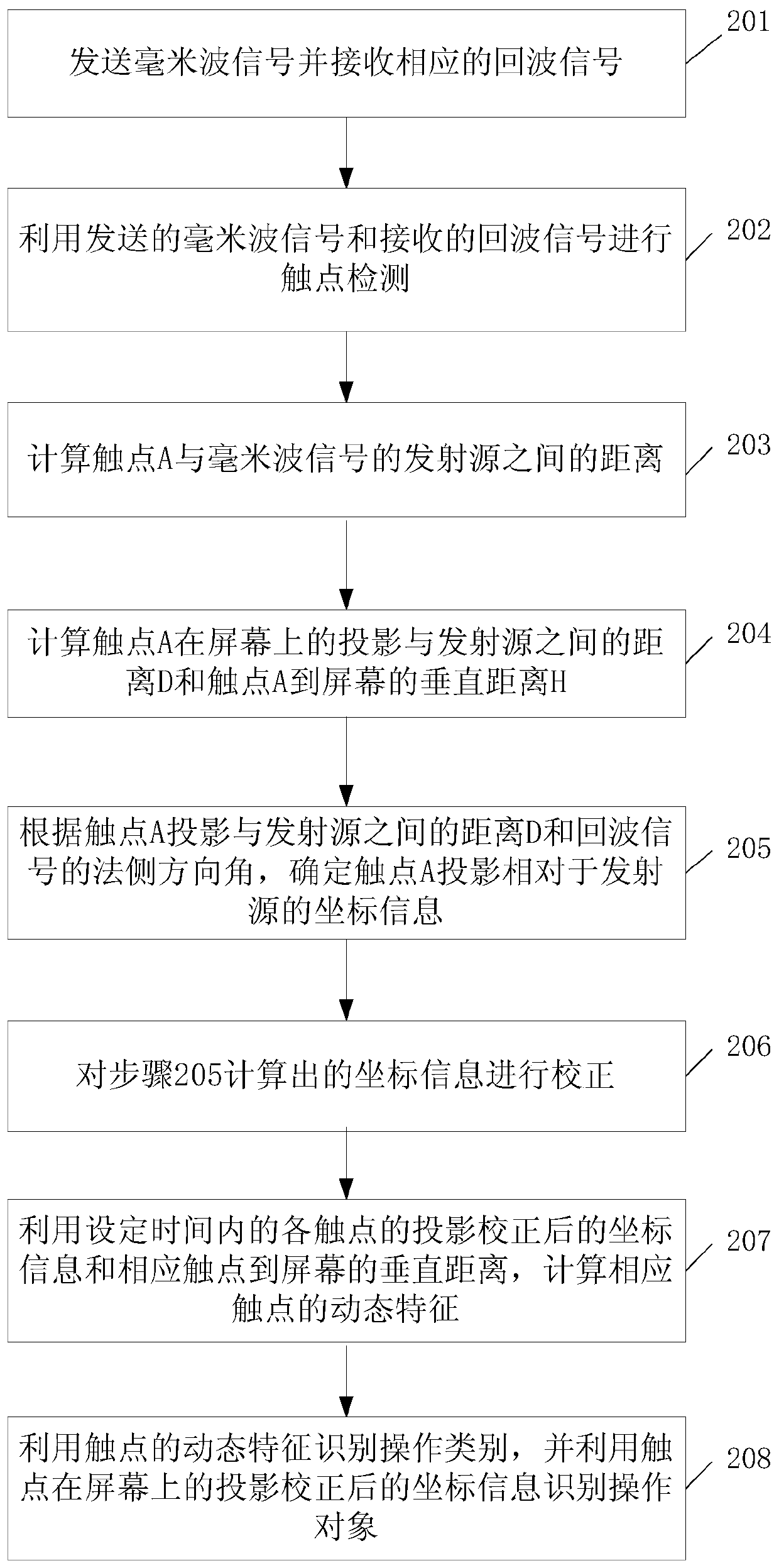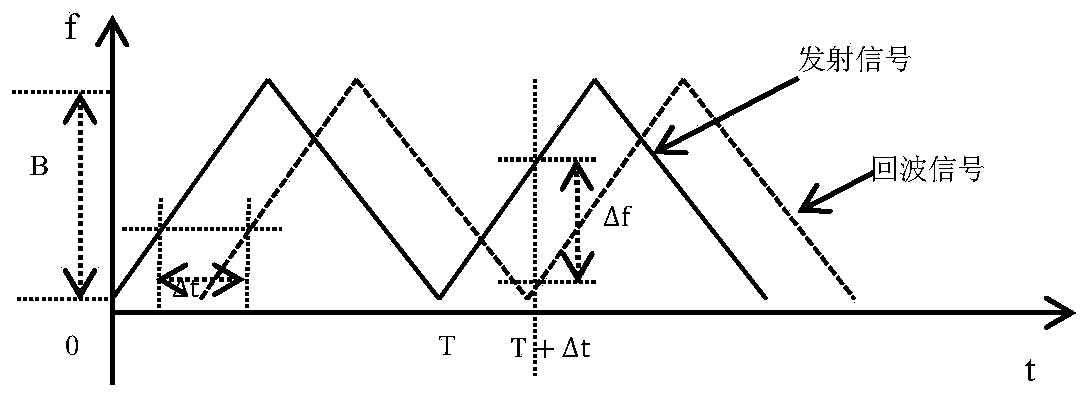Operation identification method of non-contact screen
A non-contact, recognition method technology, applied in the field of operation recognition of non-contact screens, can solve the problems of single recognition gesture, hand occlusion, and large influence of light exposure.
- Summary
- Abstract
- Description
- Claims
- Application Information
AI Technical Summary
Problems solved by technology
Method used
Image
Examples
example 1
[0105] Example 1: Identify click operation
[0106] a) A single finger hovers above the button to be clicked, the system detects the finger, and indicates the position on the screen, such as Figure 8a shown;
[0107] b) The finger moves down a certain distance in the vertical direction and quickly returns to the initial position. The system recognizes it as a click, such as Figure 8b shown.
example 2
[0108] Example 2: Identify sliding page operations
[0109] a) On a slidable page, such as a web page, the main interface, etc., the finger hovers somewhere, and the system recognizes and indicates the position of the touch point on the screen, such as Figure 9a shown;
[0110] b) Keep the height of the finger unchanged, move in the horizontal direction, and realize page dragging, such as Figure 9b shown.
example 3
[0111] Example 3: 3D object scaling and rotation operation
[0112] a) For a 3D object that can be scaled and rotated, the finger hovers over it, and the system recognizes and marks the touch point, such as Figure 10a shown;
[0113] b) The distance between the finger and the vertical remains unchanged, and the finger is opened or contracted in the horizontal direction to realize the scaling of the target, such as Figure 10b shown;
[0114] c) Two fingers rotate in the same direction to realize the rotation of the target object, such as Figure 10c shown.
[0115] It can be seen from the specific implementation of the above-mentioned application that this application uses algorithms to accurately calculate the distance and coordinates of the finger relative to the screen, and recognizes the user's operation mode through AI neural network training, providing users with an accurate and intelligent non-contact screen operation experience.
PUM
 Login to View More
Login to View More Abstract
Description
Claims
Application Information
 Login to View More
Login to View More - R&D
- Intellectual Property
- Life Sciences
- Materials
- Tech Scout
- Unparalleled Data Quality
- Higher Quality Content
- 60% Fewer Hallucinations
Browse by: Latest US Patents, China's latest patents, Technical Efficacy Thesaurus, Application Domain, Technology Topic, Popular Technical Reports.
© 2025 PatSnap. All rights reserved.Legal|Privacy policy|Modern Slavery Act Transparency Statement|Sitemap|About US| Contact US: help@patsnap.com



